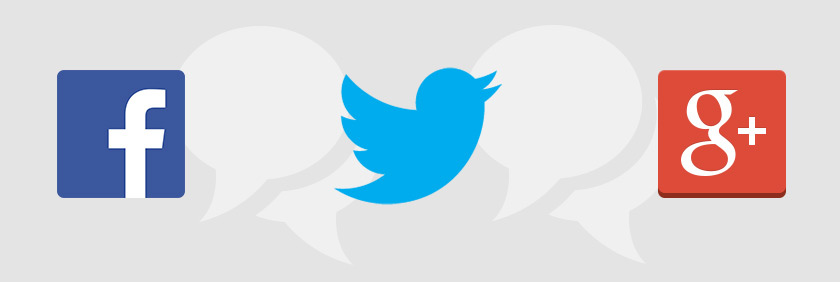Most technical entrepreneurs cringe when they finally realize that marketing is still king, despite the power of technology, and they are up against competitors who have a hundred times their spending power. Luckily, the digital revolution has been a great equalizer in the marketing world, if used effectively to target the audience, engage the customer, and measure results.
Digital marketing is simply the move to the digital tools and technologies that most people depend on every day, including smartphones, search engines, tablets, video on-demand, and social media channels like Facebook, LinkedIn, Twitter, and YouTube. The cost of entry to market on these is low, and marketing leverage has very little to do with the size of your budget.
Kevin M. Ryan and Rob “Spider” Graham detail the best strategy and tactics to accomplish this digital marketing leverage in the book, “Taking Down Goliath.” These industry veterans have been teaching smaller companies how to compete with digital marketing for many years, and have a wealth of case studies to show it really works.
The first step is to create the perfect online marketing message. This message is defined as the knowledge or information that will be retained by customers after they are exposed to your company. The authors reiterate what I often say to business to business (B2B) entrepreneurs; it’s all about selling solutions (not technology) to real customers who have real needs and problems they want solved:
- How does this solution solve an existing problem? Every business faces challenges that affect their sales efforts, manufacturing efforts, human resources, and other things that keep them viable and profitable. Not only must the solution benefit the company as a whole, but there also can be emotional benefits for employees who feel the pain.
- How does this solution provide a competitive advantage? Solutions that can turn a threat into an opportunity are especially enticing. In a world where the common scenario is “eat or be eaten,” being able to help companies to be better predators and less likely to be prey will be compelling.
- How does this solution make the customer a visionary/market leader? Part of the competitive advantage in the marketplace is that the market perceives you as a leader. Every company strives to find an identity that highlights its unique selling proposition in order to stand out from the crowd as a visionary.
- How does this solution enable a significant value exchange? Smart companies always look for a return on investment. If they spend time, money, or other resources on a potential solution, then that solution should pay for itself. That’s a value exchange, as are solutions that empower employees to make better use of existing resources.
- How does this solution represent an exclusive opportunity? In the business world, exclusivity isn’t just a social ego boost. Companies that have access to, or can sell products and services not available to their competitors can position themselves better in the marketplace. Like people, businesses need to be known for what sets them apart.
- How does this solution increase performance and productivity? Companies that are more efficient in using their resources will be more profitable. Solutions that increase performance include automation tools, equipment upgrades, and new approaches to manufacturing and distribution.
For business to consumer (B2C) audiences, effective marketing messages are also about triggering strong emotional triggers that consumers rely on to make decisions about the value and benefits of the offers they receive. These include a sense of wellbeing, convenience, security, significance, exclusivity, and a positive social standing, among others.
In business and consumer environments, with digital marketing technology, the playing field between big companies, midsize businesses, and even startups has leveled tremendously. The new success factor is not the size of your budget, but your skill in crafting the right message, sending it out through the right channels, and tuning the system for maximum results.
Only in this age of digital marketing could a small nonprofit with a very limited budget reach an audience of millions per month worldwide, with their “ALS Ice Bucket Challenge” marketing message, and achieve results exceeding $100 million. Don’t let big-budget Goliaths trample you merely by the size of their footprint.
Image credit: CC by Sean MacEntee



